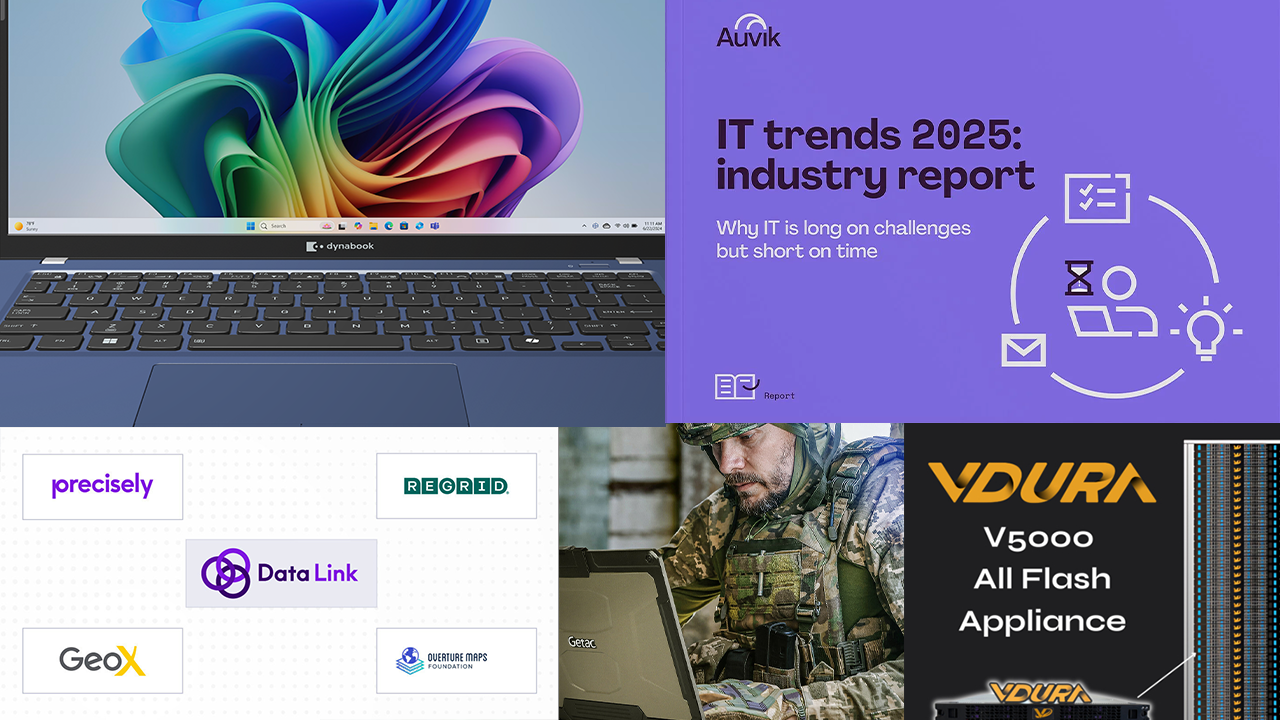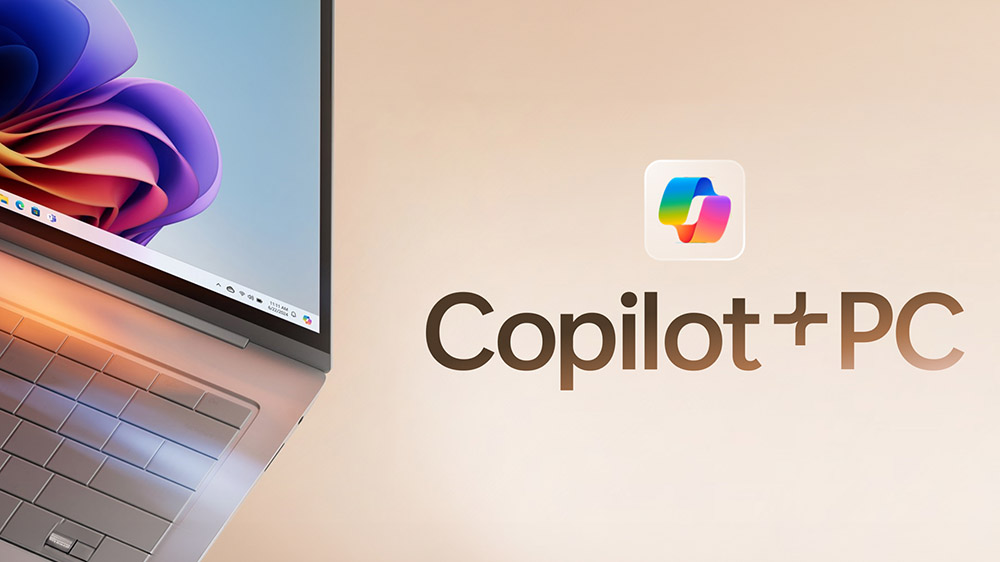You’re not the only one who’s had a rocky 2020, channel pros. Intel‘s been through some ups and downs this year as well.
“We definitely had some difficult times and some tough moments, and not just because of the pandemic impact,” said Greg Baur, a vice president in the sales and marketing group and general manager of the Global Scale and Partner organization at Intel, during today’s Intel Partner Connect virtual conference. Intel discussed plans for the impending launch of its all-new unified partner program during that show as well.
High points this year have included the company’s relatively strong revenue performance through the initial six months of the current fiscal year. “The first half turned out to be much stronger than we expected, with millions of people really having to adjust to learning and working from home, and we saw the density of PCs really increase,” said Michelle Johnston Holthaus, executive vice president and general manager of Intel’s Sales, Marketing, and Communications Group.
Though gross margins in Intel second quarter dipped to their lowest point in 11 years, due chiefly to costs associated with the launch of Intel’s Tiger Lake processor family last month, data center revenue rose 34% and PC revenue climbed 7%. Intel reports results for its third quarter on Thursday, days after announcing the sale of its NAND memory and storage business to SK hynix for $9 billion.
Meanwhile, and of perhaps greater importance to partners, the supply chain issues that plagued Intel last year are largely in the past, according to Baur. “Based on the investments we’ve made in technology and manufacturing quarters ago, if not years ago, we expect our supply to continue to increase,” he said.
Indeed, production of client device chips rose double digits in the first half of Intel’s fiscal year and will rise by double digits again in the second half, according to Steve Long, vice president of Intel’s Sales, Marketing, and Communications Group and general manager of its Client Computing Group. Long, in fact, expects production volume for client chips in the fourth quarter to reach levels not seen since the heyday of the PC market back in 2011, before devices like tablets began appearing.
“We were shipping close to a million units of PCs per day,” he recalls. “We will be in striking distance to do that again in Q4.”
Less welcome developments for Intel this year have included the news, announced in July, that products based on the company’s forthcoming 7 nanometer process have been pushed back another six months to a full year behind their original target launch date.
“Nobody at Intel is happy when a schedule moves,” Holthaus said this morning. “However, we heard from a lot of you that what you really appreciate is that we’re going to be committed to deliver an annual cadence of products that you can rely on every year.”
Those products include the Tiger Lake family and others still on the roadmap. “We have an incredible lineup of products across our 10 nanometer process with volume in 2020, 21, and 22,” Holthaus said.
Intel’s outlook for the cloud part of its business in the months ahead, however, is cautious. “After five quarters of consecutive strong growth, we believe we’re going to start to see a digestion cycle as we move into the second half,” Holthaus said.
More broadly, COVID-19’s continued and unpredictable implications for both Intel and its partners makes forecasting results in any market difficult, according to Todd Garrigues, director of partner sales programs at Intel.
“There’s a little bit less uncertainty today from what the partners tell us than there was in the first half of the year, but it’s still real, it’s still a challenge,” he says.
To help partners through the worst of those challenges, back when lockdowns were first going into effect and customers were abruptly putting planned investments on hold, Intel introduced a “channel relief program” this spring. Among other things, the company gave partners an extra six months to accumulate membership points.
“We don’t want people worried about points when they’re trying to run their business,” Garrigues says.
Intel also gave partners an additional six months to meet partner program qualification requirements. “Instead of being a 12-month cycle, it’s now an 18-month cycle for this year,” Garrigues says. “If they’re seeing business impact, we don’t want to impact their tiering and their benefit stack because of that.”
Other elements of the relief program included rolling out extended price discounts, waiving shipping charges for products under warranty, and sharing “best known methods” for tasks like setting up a work-from-home environment for employees. Intel is open to introducing further measures in the future if necessary.
“It’s been a very challenging year,” Garrigues says. “There’s an unprecedented amount of change that’s happening, and I think that there’s also a lot of uncertainty largely in the business environment with COVID.” All of that, he observed, makes anticipating precisely what the next year holds difficult at best.














